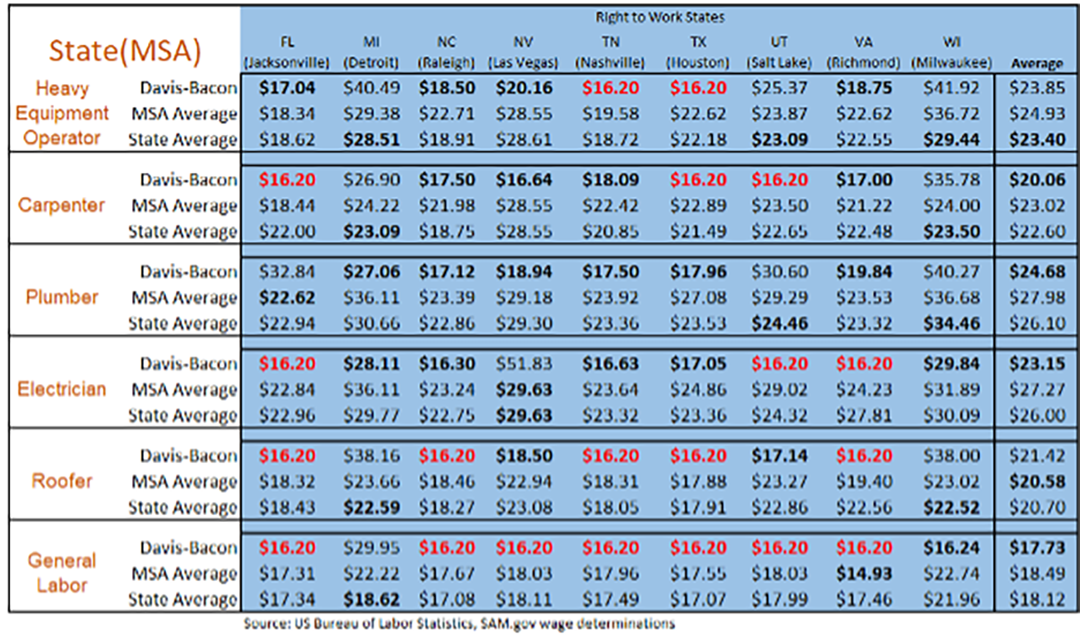The Last Mile of the Inflation Fight is Going to be Bumpy
/Last week’s inflation news wasn’t good. CPI rose 0.4% again in March, following the same in February, and 0.3% in January. Fearing that a June rate cut by the Fed is off the table and uncertain about the possibility of subsequent rate cuts this year, markets reacted strongly, pushing yields on the ten-year UST to 4.65% at this writing.
The last mile of the inflation fight is going to be bumpy.
For months, we have all been leaning into the hope and expectation of rate cuts this year. First, it was six cuts, then maybe four, and then three. Now, no one is sure, and the talk is again of “higher for longer.” Once again, it’s “Stay alive until ‘25”.
As difficult as it is – and as eager as we all are to get back to closing deals – we’ve made a lot of progress. Inflation has fallen dramatically over the past two years, from a high of 9.1% in June 2022 to an annual rate of 3.5% in March. The economy is growing, consumers are spending, and the trends are, for the most part, positive.
And yet, a positive economic outlook does not necessarily mean good things for CRE and multifamily. The ULI Real Estate Economic Forecast, presented at the ULI Spring Meeting in New York last week, reinforced that idea. The report includes a consensus view that rates are still likely to fall slowly to 4.0% this year and 3.75% next year, but inflationary pressures from things like investments in energy transition, geopolitical factors, continued labor shortages, and the federal deficit will mean that the path will be, well, bumpy.
Those of us in multifamily are, by nature, optimistic. We have to be optimistic in order to make long-term investments and take long-term risks, but we also tend to think that the way things are right now—in good times and bad—is the way they will always be. It just isn’t so.
Here's to the last mile, lower rates, and deals that pencil. The day will come.
At AGM, we do our best to keep developers informed of proactive measures you can take to get the most from every deal. Please schedule a call if you have questions or want to discuss your next project.
About AGM Financial
Founded in 1990, AGM is a leading FHA lender and GNMA seller/servicer. From new construction and substantial rehab to acquisition or refinance — for both market-rate and affordable projects — AGM gets the deal done. Family-owned with over 30 years of experience, the firm has closed over $10 billion in FHA-insured multifamily project loans nationwide. We underwrite, fund, and service all of our loans. Developers and owners can count on AGM to be accessible, transparent, consistent, and ready to lend. From new construction to substantial rehabilitation to acquisition and refinance — for both market-rate and affordable projects — we can get the deal done. To learn more about AGM, call 800.729.4266 or visit agmfinancial.com.




























